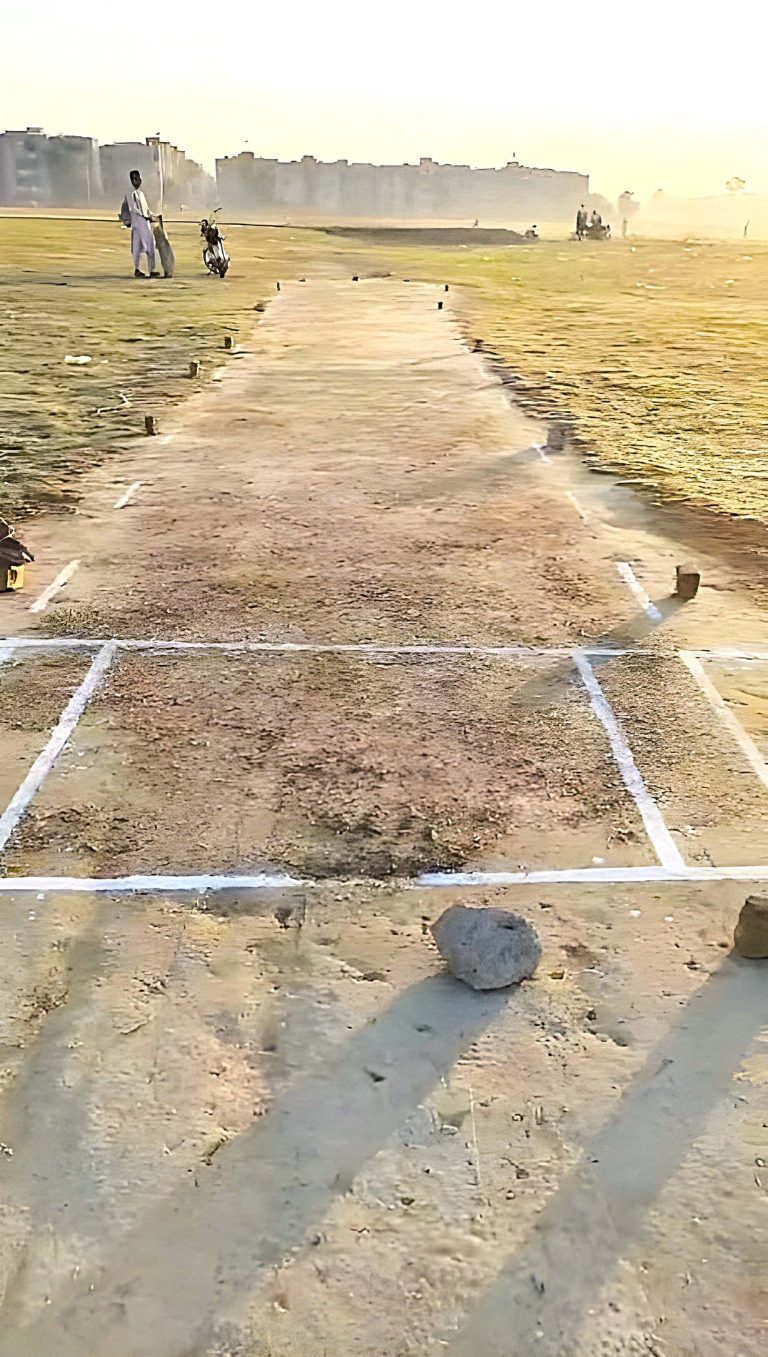TAPE BALL CRICKET PITCH LENGTH 2025
REVIEW TO TAPE BALL CRICKET PITCH LENGTH
Tape ball cricket has taken over many streets, parks, and open spaces, offering a fun and fast-paced version of traditional cricket. Tape ball cricket can be played almost anywhere in a tight alley or a wide open ground. One of the things that makes it so flexible is the ability to adjust the pitch length. Unlike standard cricket, where the pitch is fixed at 22 yards, tape ball cricket pitches can vary depending on your space.

In this article, we’ll break down the common pitch lengths used in tape ball cricket, how each one affects the game, and how to set up your own pitch at home or in your local area.
Why Does the Pitch Length Matter in Tape Ball Cricket?
The length of the pitch isn’t just an overhead detail; it has a significant impact on the type and intensity of the game. In cricket, longer pitches are more suitable as they make the game more strategic and tactical. But in tape ball cricket, pitch length has to be shorter, as it makes the game fast-paced because the ball is delivered to the batsman much quicker.
Plus, since tape balls don’t bounce as much as hard cricket balls, a shorter pitch helps to keep things interesting.
Because the game is often played in informal spaces, like narrow streets or small parks, adjusting the pitch length allows players to create a game that fits the available space.
Common Tape Ball Cricket Pitch Lengths
- Standard Length: 16 to 22 Yards (48 to 66 Feet)
This is the most commonly used length for tape ball cricket pitches. If you’re playing in a larger space, like a park or a street with no major obstacles, you’ll likely use a pitch in this range.
- 16 Yards (48 Feet): This length is perfect for tight spaces. It keeps the game fast and exciting, with deliveries coming at a quicker pace. It is great for street cricket, where space might be limited.
- 22 Yards (66 Feet): This is more suitable for organized games or larger grounds. It balances speed and tactical play, allowing bowlers more room to work with.
2. Shorter Pitches: 12 Yards (36 Feet)
Sometimes, you may have very little space—perhaps a narrow alley or a street corner. In these situations, the pitch can be reduced to 12 yards (36 feet). While this makes the game even faster and more action-packed, it also means batters don’t have as much time to react to the ball.
Shorter pitches encourage aggressive batting, where boundaries are common, but the bowler must work harder to surprise the batter.
3. Extended Pitches: 24 Yards (72 Feet)
Though not as common, some competitive tape ball matches use a 24-yard (72 feet) pitch. This longer pitch allows the game to resemble traditional cricket more, where bowlers have the time to deliver slower balls and even experiment with spin.
It’s ideal if you’re trying to simulate a more professional cricket setting or have a lot of space to work with.
How the Pitch Length Affects the Game
- Ball Speed and Bounce: Shorter Pitches (12-16 Yards): They will also get the ball to the batter quicker, and the bounce is normally a lot lower. This makes batting much more of a task than the bowler would wish for, simply because players do not have the time that they need for sizing up the ball.
- Longer Pitches (22-24 Yards): Bowlers can gain more revolutions thus increasing the facility with which they can introduce variation in the way they bowl. It also gives batters a longer time to enact a decision, which in other cases would be very advantageous when handling the actual shot.
Batting Style:
- Shorter Pitches:
- Where batters have less time to react they play more attacking shots on shorter pitches, or in the powerplay. Because these plays are more frequently shorter in distance called than longer ones called runs you will observe more of the former. However, this also causes the probability of getting out increases.
- Longer Pitches: Deliveries are slow giving the batters more time to think about the kind of shot to play. This enables more protracted as well as systematic stroke play; therefore; more tactical.
Bowling Strategy:
- Shorter Pitches: Out of them, fast bowlers use speed most often aiming at bowling point Html ‘Yorker’ and ‘Surprise balls’ favoring the batsman. Spin bowlers will also be possibly disadvantaged by short pitches because the ball spends time turning.
- Longer Pitches: There’s more room to bowl slower balls, bouncers, and spin deliveries. Bowlers can afford to experiment and set up deliveries over a longer period, making it tougher for batters to dominate.
Setting Up Your Tape Ball Cricket Pitch
Setting up the perfect pitch is simple, no matter where you play. Here’s what you need to do:
- Find the Right Spot:
Look for an open area, whether a street, a park, or a backyard. Ensure the surface is flat and free from obstacles—smooth concrete, grass, or dirt works fine.
2. Measure the Length:
Use a measuring tape or a simple method (like walking it out) to mark the length of the pitch. If you aim for a standard length, go between 16 and 22 yards. For shorter spaces, reduce the length to 12 yards; for more space, go up to 24 yards.
3 . Mark the Boundaries:
You can chalk, tape, or cones to mark the beginning and end of the pitch. Natural landmarks, like trees or posts, can also work. Just make sure both ends of the pitch are clearly marked.
Frequently Asked Questions
- Can I play tape ball cricket in any space?
- Yes! Tape ball cricket can be played in streets, parks, or small backyards. The pitch length’s flexibility makes it perfect for any available space.
- How do shorter pitches affect the game?
- Shorter pitches make the game faster, with less time to react. This leads to more boundaries but also increases the chance of getting out due to risky shots.
- What’s the best pitch length for beginners?
- Shortening pitches (around 12-16 yards) work best for beginners. They keep the game quick and fun, making it easier to score runs without worrying too much about intricate techniques.
Conclusion
Where it’s a simple game in the neighbourhood or a serious tournament that requires more serious preparation, the pitch length in the tape ball cricket truly matters. This isn’t about spacing; it’s about making the game fun, fast, and difficult. Even understanding how long these pitches take and at what intervals they can be played can easily create a pitch good for your play style yet confusing for the opponents. Therefore the next time you prepare to play a match of tape-ball cricket just remember the pitch length. That shall act as a signal of the beginning of an interesting match!

